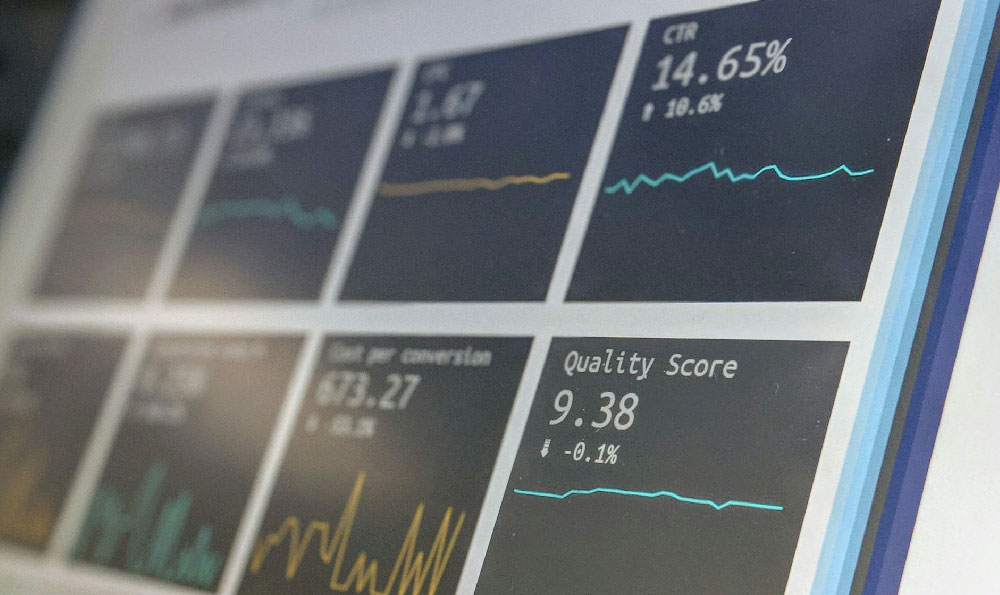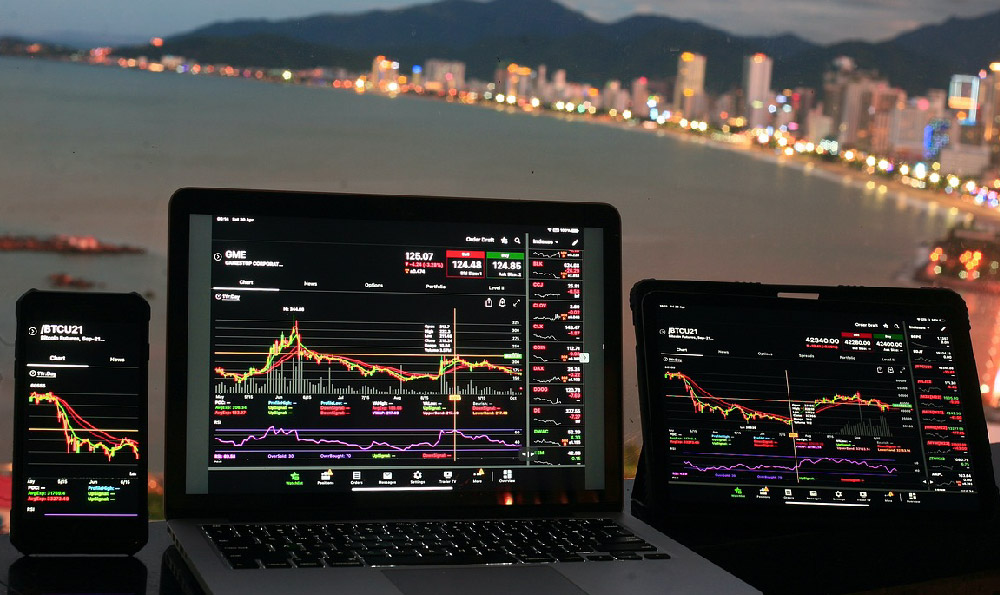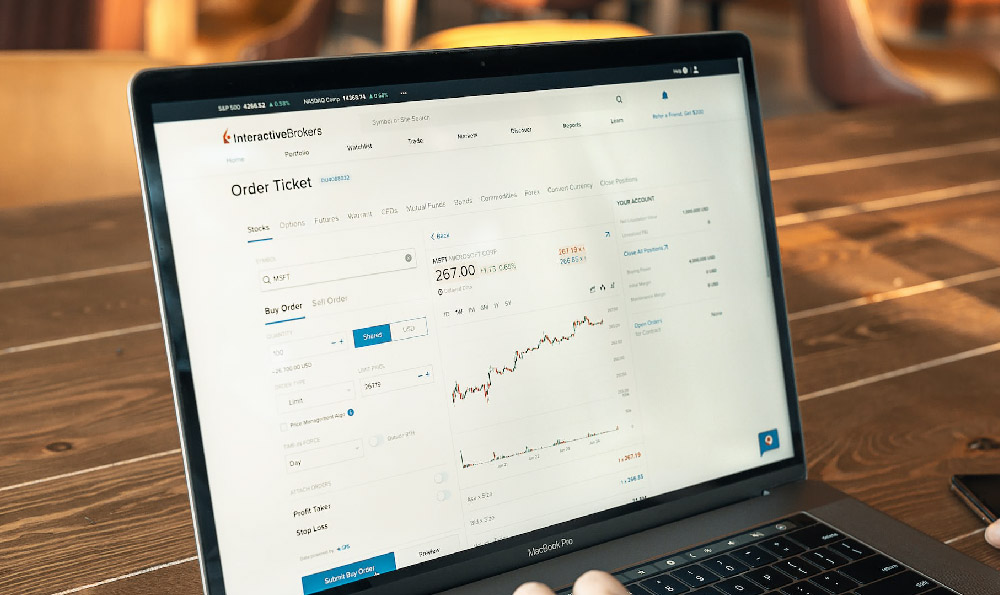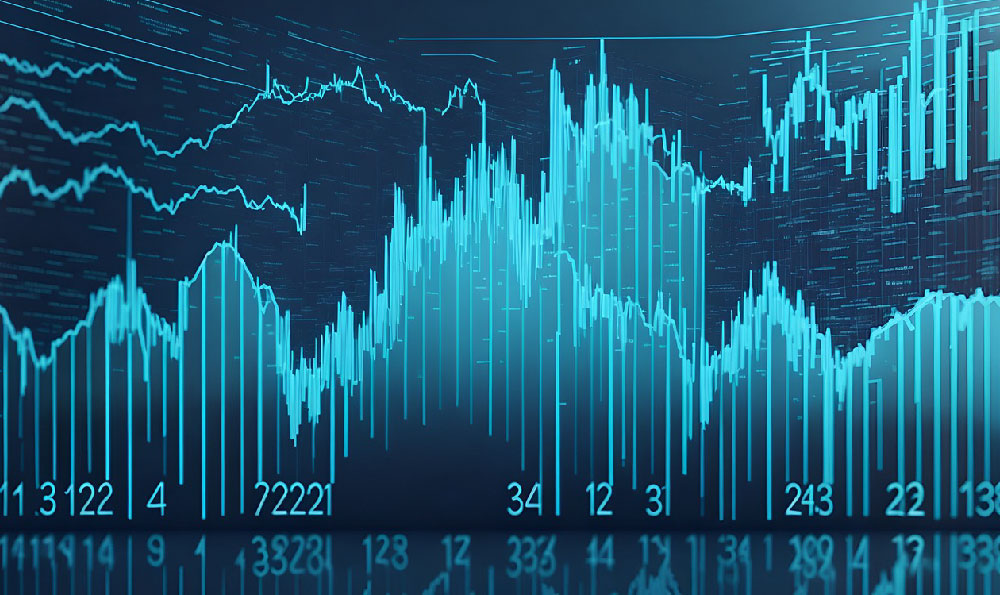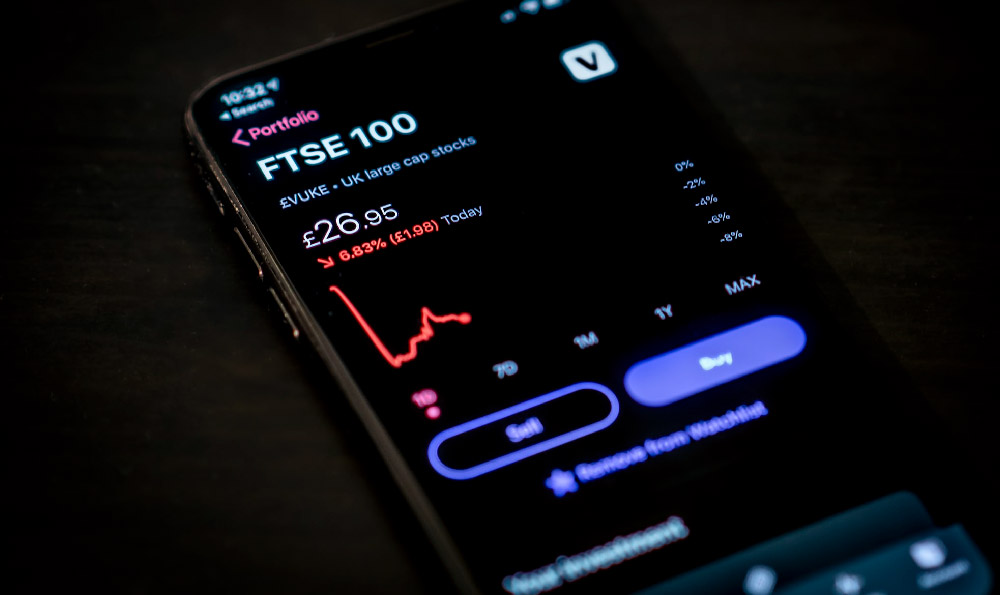Music artists generate income through a multifaceted ecosystem that integrates both digital and physical dimensions of the industry. Streaming royalties have become a cornerstone of modern revenue streams, yet their complexity often eludes casual observers. Unlike traditional record sales, which offered a fixed monetary return per unit, streaming platforms operate on a dynamic model where earnings are tied to listener engagement metrics. Each play of a track contributes to a cumulative pool of revenue, but the financial value per play is subject to fluctuating variables such as the platform's subscription structure, the listener's geographic location, and the interplay between free and paid streaming tiers. For instance, a single play on Spotify may yield just a fraction of a cent, but the total income accumulates through millions of streams. This model rewards consistent listenership, encouraging artists to cultivate long-term relationships with their audience through regular content releases, interactive social media engagement, and tailored playlist strategies. However, the long tail of streaming—where the majority of revenue is concentrated in a small subset of popular tracks—requires artists to diversify their creative output to ensure sustained income flows.
Live performances, on the other hand, offer a more tangible and often more substantial return, but their viability depends on the artist's ability to balance demand with supply. The economic value of a live show is inherently tied to the perceived desirability of the event, which in turn is influenced by the artist's brand equity, the cultural relevance of their music, and the logistical efficiency of their tour planning. While the revenue from a typical concert might appear to be paltry compared to the earnings of corporate executives, the true financial potential lies in the multiplier effect of repeated performances. A seasoned artist can leverage a global fan base to execute multi-city tours, selling out venues across continents. Moreover, the income from a single concert can be augmented through ancillary revenue streams such as merchandise sales, ticket bundling, and VIP experiences. The scalability of live events is further amplified by digital platforms that enable artists to expand their reach beyond local markets. For example, a virtual concert can draw an audience of millions, creating a new paradigm where physical and digital performances coexist in a mutually reinforcing relationship.
The interplay between streaming and live performances is particularly evident in the way modern artists strategically allocate their time and resources. A well-planned tour schedule can be paired with a consistent streaming presence to maintain momentum and visibility. The data generated from streaming activities provides invaluable insights into listener preferences, which can then be leveraged to tailor live performance experiences. For instance, an artist might analyze streaming data to identify which songs resonate most with their audience and subsequently feature these tracks during live shows, thereby enhancing the overall audience experience. Additionally, the global distribution of streaming platforms allows artists to gauge international interest in their work, potentially leading to opportunities for overseas performances that could significantly boost revenue.

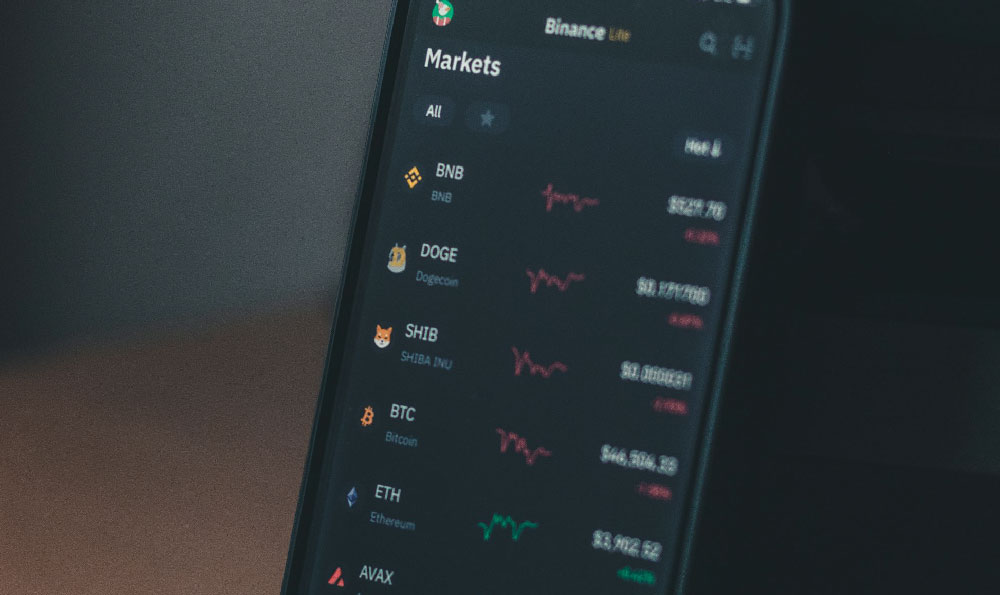
The market dynamics of both streams are further complicated by the role of third-party stakeholders. Record labels, streaming platforms, and演出 promoters each play a distinct role in the revenue-sharing equation, and understanding these relationships is crucial for maximizing income. While some artists may benefit from the infrastructure and marketing power of label partnerships, others may prioritize independent distribution to retain greater control over their earnings. Similarly, streaming platforms have varying royalty structures, with some offering higher payout rates for certain subscription tiers or exclusive content. Artists must therefore navigate these nuances to secure the most favorable terms.
For live performances, the financial equation is influenced by factors such as venue size, ticket pricing, and production costs. A high-profile artist can command premium prices for their concerts, but the costs of staging elaborate shows can eat into these profits. The challenge lies in finding the optimal balance between production quality and cost efficiency. Moreover, the unpredictable nature of live events—subject to weather, venue availability, and external disruptions—requires artists to implement robust contingency plans. This includes diversifying their performance locations, maintaining a strong online presence to sustain interest during downtime, and leveraging ancillary income streams to mitigate financial risks.
The technological advancements reshaping the industry have also introduced new opportunities and challenges. Digital platforms enable artists to monetize their content in innovative ways, such as through exclusive releases, fan clubs, and direct-to-fan distribution models. These strategies can complement traditional revenue streams, providing artists with greater financial autonomy. However, the rapid evolution of technology also demands continuous adaptation, as new platforms and monetization methods emerge. For example, the rise of blockchain-based royalty distribution systems promises to increase transparency and efficiency, potentially transforming the financial landscape for artists. The integration of artificial intelligence and machine learning into streaming platforms is another developing trend that could enhance the accuracy of revenue projections and optimize content strategies for maximum impact.
In conclusion, the income generation strategies of music artists are a complex interplay of digital and physical dimensions, requiring a nuanced understanding of market dynamics, technological innovations, and strategic planning. Streaming royalties and live performances are not mutually exclusive income sources; rather, they represent two interconnected facets of a broader financial ecosystem. By leveraging the strengths of both streams while mitigating their weaknesses, artists can build sustainable revenue models that support both their creative endeavors and financial stability. The ability to adapt to changing market conditions, utilize data-driven insights, and implement innovative monetization strategies will be essential for navigating this intricate landscape and achieving long-term financial success.



